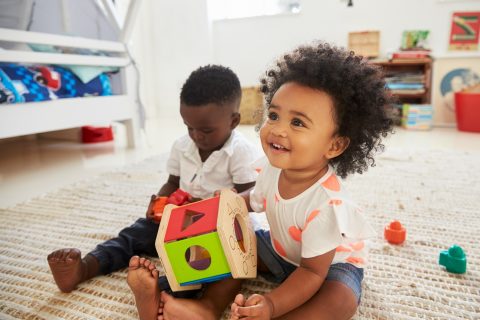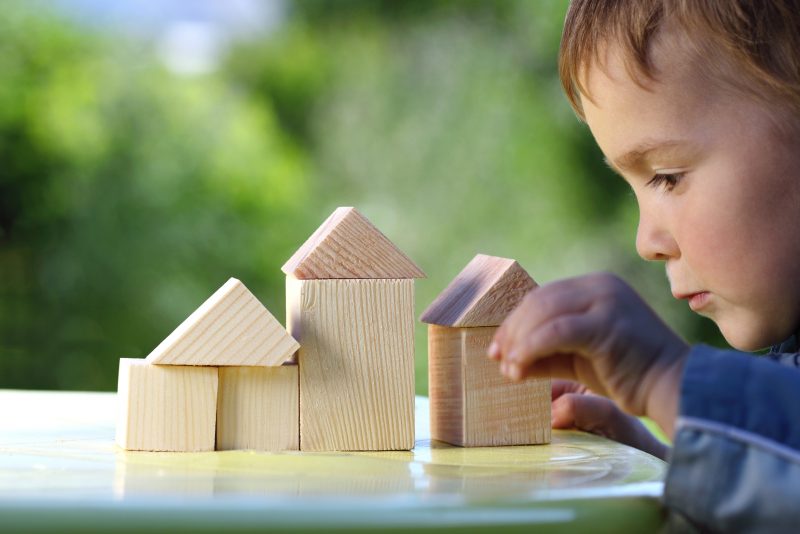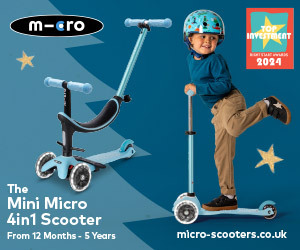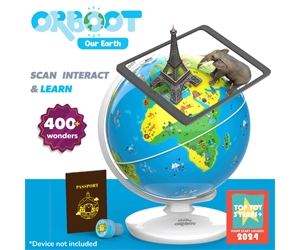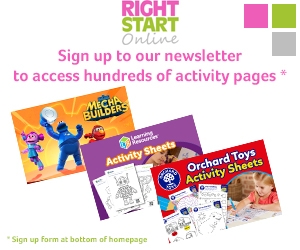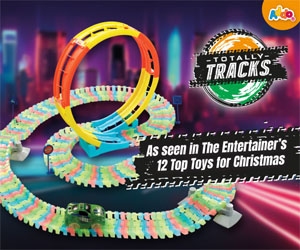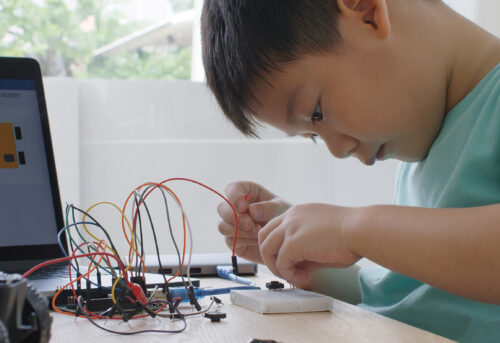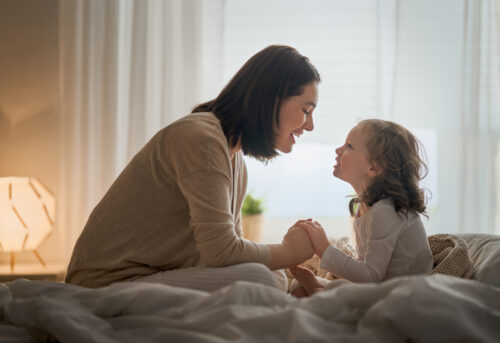Children learn best when they are doing something they enjoy. By introducing fun activities, you’ll be helping them with key skills set by the Early Years curriculum. All of our activities can be enjoyed by extending what you are already doing at home with your child, or when you are out and about.
LITERACY
All teaching of literacy begins with learning the shape and sound of letters. Anything you can do to reinforce these shapes and sounds will help your child.
- Games such as alphabet snap and I Spy are old favourites.
- Baking biscuits and making names with the letters is always fun, or you can just make the first letters of people’s names.
- At Christmas your child can write the labels for gifts.
- Reinforcing the alphabet can be done by sorting Christmas cards into alphabetical order, starting with any recipient’s name beginning with ‘A’.
- Learning initial sounds of words is important. In the kitchen, ask your child: ‘What is the first letter of this?’ Show them a spoon, pepperpot or mug.
- Teaching your children rhyme through singing or reading is a key part of literacy. Singing and reading nursery rhymes is great. Ask your child to think of words that rhyme with objects you have in the house. For example: what rhymes with ‘pan’, ‘cat’, ‘sink’? Having a target, such as the first person to think of five words, makes it more of a challenge.
- If you are having visitors to stay, making a door sign for each room, using the first letter of their name only. It’s a fun way to reinforce initial sounds.
When you are out and about, ask your child to look out for signs. Road signs are great for passing a car journey. In supermarkets look up at the signs above the aisles, at labels on the fruit and vegetables, fish and meat counters. How many can your child read?
NUMERACY, COLOUR AND SHAPE
Numeracy includes shape, sorting and categories as well as adding up and taking away.
- If your child is making cards or decorations for Christmas, talk about shapes. A Christmas tree is like a triangle, a bauble is a circle, gifts are often rectangles, stars are lots of small triangles.
- Baking provides multiple opportunities for number work. Ingredients can be weighed or measured. Is 200 grams more than 100 grams? Does it feel heavier in the bowl? How many eggs are needed in the recipe and how many are left in the box? Cakes can be made in round, square or rectangular tins – can your child select the right tin for you? Cup cake cases can be counted.
- Shopping is a great way to practise number work. Very young children who are learning to count up to 10 can be asked to ‘Choose four apples and six bananas.’ Avoid doing this if the shop is busy because not all shoppers appreciate waiting for your child to do the maths! Older children can begin to learn about higher numerical values: ask them to choose the cheapest loaf of bread, or how much two loaves would cost. If your child has pocket money, or is buying presents for someone, teaching them to budget and work out how much change they’d get is a practical way to reinforce addition and subtraction.
- On a car or bus journey suggest your child counts the number of cars they see in a certain colour –such as red or blue.
- We’ve all heard the question, ‘Are we nearly there?’ on a journey. Many children find time and distance a hard concept. It can help to discuss distances: ‘The journey is 20 miles and we have gone 10 miles. How far now? How long do you think it will take to reach our destination?’
- At home you can teach your child to measure using a tape measure or a height chart. Rachel suggests that for very young children, numeracy can begin with questions such as: ‘How many steps is it from the house to the car? How many steps is it from the back door to the swing?’
MEMORY
Our working memory improves as we mature: an adult has more than double the memory capacity of a four-year-old. Learning to read uses our auditory and visual memories. Like most skills, the more you practise, the better you become.
- Games like ‘I went to market’ are fun. Begin with ‘I went to market to buy some apples,’ then the next person buys something else as well and they say, ‘I went to market to buy some apples and eggs.’ Each person adds something extra to the list and the winner is the person who remembers all the items. A reasonable target for young children would be 10 items.
- You can create variations on this by changing market for things that go in the school bag or suitcase.
- Asking children to fetch items from another part of the house encourages them to use their memory. If you ask them to bring three items from upstairs to downstairs, can they remember?
- Reading together can incorporate memory activities. Ask your child to tell you what has happened in the story so far. Who are the people in the story? Can they name them all?
- Card games such as alphabet pairs can help memory. You can easily make two sets of alphabet letters from some card. Instead of playing snap, turn the cards letters down on the table and pick up pairs in turn. Remembering where a card is when you need it for a match is a good test of memory.
FINE MOTOR SKILLS
This includes writing, tracing, cutting, sticking, tying laces, sewing, drawing and painting. Good fine motor skills are essential in all areas of the curriculum.
- Very young children begin by building tower blocks, which require a lot of hand control. Construction games like Lego and Meccano are popular and educational. jigsaws and any game where children have to use their fingers, or a pincer grip, are beneficial.
- For Christmas or birthdays, children usually love making cards. They can draw, colour and paint, or you can make shapes they stick onto cards. Younger children need to learn to control a pencil, and it’s a good idea to encourage the correct pencil grip from the start – as a ‘fist grip’, which some children use, is much harder to change once it’s established.
- Many seasonal ‘Christmassy’ activities incorporate fine motor skills: twisting pastry or biscuit mixture into alphabet shapes; icing or decorating cakes and biscuits; wrapping presents, tying ribbons, or decorating the Christmas tree. If your child enjoys making labels for presents, tracing around a template of a tree or a bauble involves using a pencil and scissors.
SOCIAL SKILLS
These include sharing and communicating with others in different situations, as well as building confidence and independence.
Research suggest that children who are exposed to different types of play such as pretend play are often more cooperative: they are more willing to take turns and share, display greater creativity and have larger vocabularies than children who are not so involved in play activities.
- By the age of seven your child should be able to answer the phone. Teach your child what to say and how to be helpful and polite to the caller but not give information which compromises safety and security.
- In shops, your child can be encouraged to take items to the tills or ask for something in the cafe. Learning how to wait, take turns and be polite in cafes or queues are valuable skills.
- Inviting children to play, welcoming them and sharing toys is all a part of developing social skills.
- Incorporating pretend play at home might include dressing up and acting-out, either alone or with friends. A dressing-up box with clothes from charity shops or donated by friends and family can provide endless hours of fun as children transport themselves into another world, enriching imagination.


